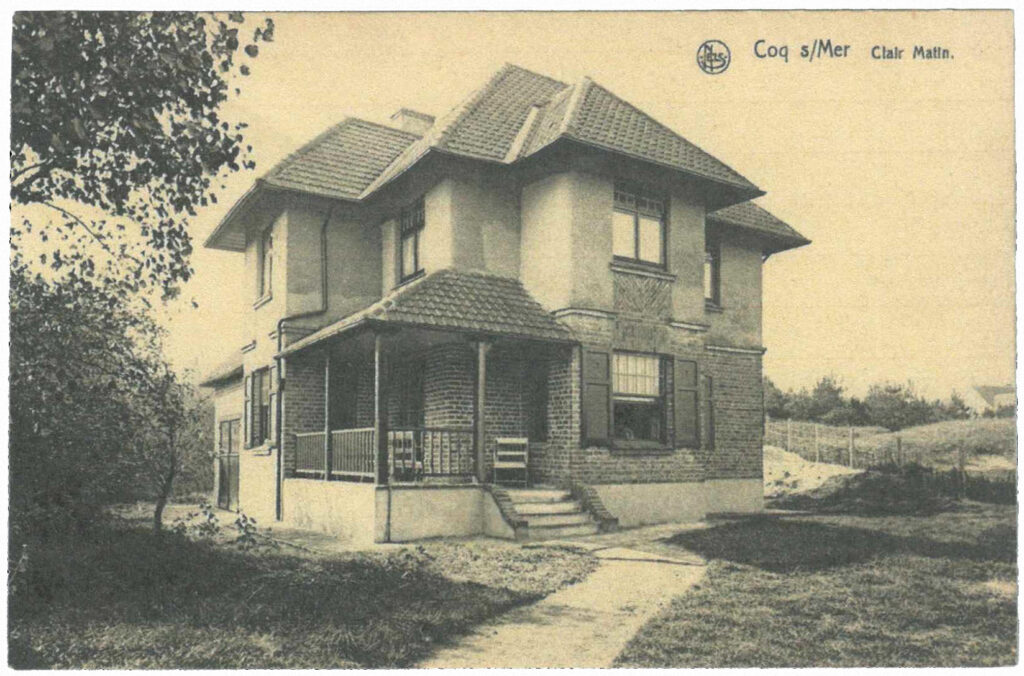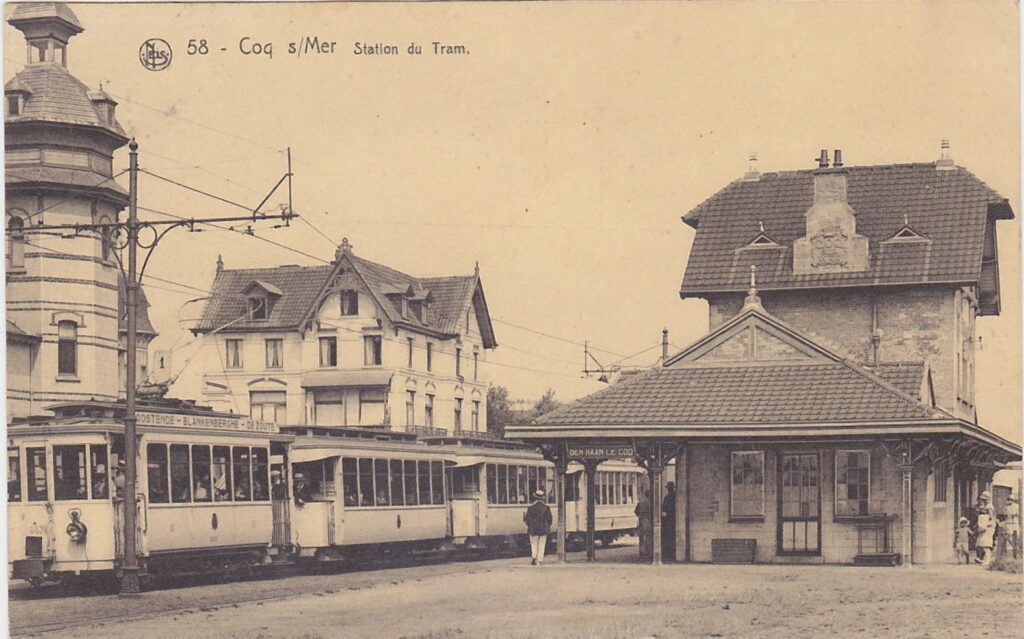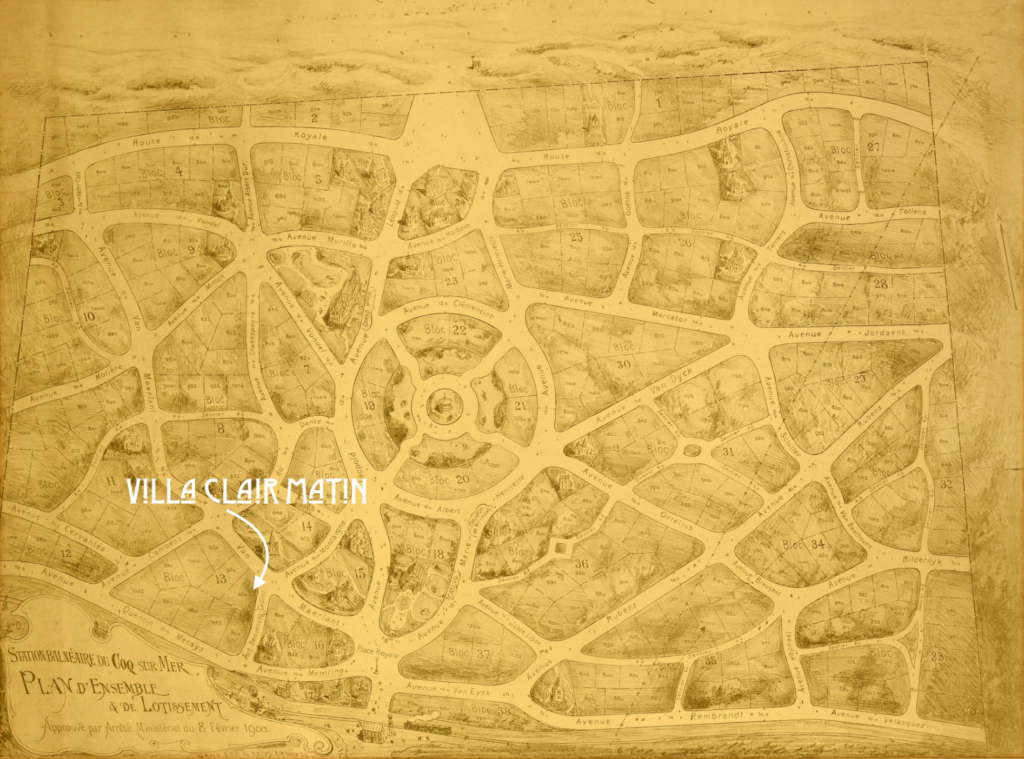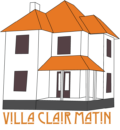the history
Behind Villa Clair Matin lies a family story closely connected to the history of De Haan. This picturesque seaside resort emerged following the opening of the new steam tram line between Ostend and Blankenberge in 1886, cutting through the dunes of Klemskerke and Vlissegem.

The emergence of coastal tourism.
1800-1836
The first tourists who visited the coast around 1800 found a largely unspoiled natural area with just a few scattered fishermen's cottages. There was no tourist infrastructure at that time. However, after 1834, larger settlements like Ostend, Blankenberge, and Heist quickly developed into thriving seaside resorts. Along with Nieuwpoort and Middelkerke, these towns looked forward to a promising tourist future on the eve of the Belle Époque.
Several factors contributed to the success of coastal tourism. One of them was the presence of the royal family at the coast. In 1834, King Leopold I had a summer residence built in Ostend.
The royal family's interest in the coast attracted nobility and other wealthy individuals, who saw opportunities to invest in the emerging tourism industry. Another important factor was the development of railways, which made travel to the sea more comfortable than the long and tiring journeys by carriage over the bumpy Flemish dirt roads.
The rapid rise of seaside towns like Ostend and Blankenberge can be largely attributed to the construction of the Ostend-Mechelen railway in 1836 and the Bruges-Blankenberge line in 1868. In addition to catering to the affluent with upscale facilities, the railways also opened up tourism to less wealthy individuals. For instance, the "trains de plaisir" (pleasure trains) were introduced on Sundays, providing affordable trips to the sea and proving to be quite popular.

The further transportation of vacationers arriving by train to the coast was handled by tram. In 1885, the first steam tram line was established between Ostend and Middelkerke, followed by the Ostend-Blankenberge line in 1886. Initially, there was only a single track with occasional sidings and a few garage tracks. Starting in 1905, the single track was replaced by a double track.
In the early years, only eight trams ran back and forth daily during the summer season. From 1909, electric tram sets began to replace the steam trams, and a double-track tram line was constructed along the entire coast. By the 1940s, steam trams had completely disappeared from the streets. While trains and trams allowed tourists to move around, they were limited by fixed routes. This led to a growing demand for individualized transportation. The interwar period marked the rise of the automobile, initially reserved for the elite, but gradually becoming a popular and nearly indispensable mode of transport.
Coastal tourism is thriving and has become an integral part of social life!
1885 – 1889
Before 1885, “Den Haene” was a small hamlet in the territory of the polder villages of Klemskerke and Vlissegem: a few small houses belonging to beach fishermen—called huts or posts—a customs officer’s house with a rooster on the roof, a tavern… The families lived in poverty and worked as wage laborers, small farmers, or beach fishermen.
On August 1, 1886, the solemn inauguration of the first steam tram line from Ostend to Blankenberge took place in the dunes of Klemskerke, likely near the current tram station. It was a single-track line with occasional passing loops to allow trams traveling in opposite directions to pass each other. At the main stops, there was a loading dock and/or a siding for unloading luggage and other goods. The first small tram station, made of iron and popularly known as “the tin station,” was also built in 1886.
As a result of the construction of the tram line between Ostend and Blankenberge, it was recognized by the ministry that the +600 hectares of state dunes were particularly favorable for possible land parceling. In 1887, Louis Van der Swaelmen, an inspector for the public parks service in Elsene, was tasked with designing a subdivision project for a coastal strip 50 meters wide and 12.5 kilometers long.
He proposed developing a model villa subdivision at the height of the dunes in Klemskerke, which would later become De Haan: around a central park area north of a coastal road (the later Koninklijke Baan), several paths meander in an idyllic enclave. William Kidner, a London architect, designed an urban plan for De Haan in 1888 (probably commissioned by King Leopold II), based on Van der Swaelmen’s design.
Three enterprising gentlemen, Emmanuel Colinet (Ostend), who, as an architect, was undoubtedly aware of the subdivision project, Alphonse Popp (Bruges), and Albert Passenbronder (Antwerp), decided to develop a seaside resort here. To that end, they negotiated with the relevant authorities to obtain and subdivide a portion of the land between the tram line and the sea under a long-term lease.
The Concession
In 1887, the three entrepreneurs built the first hotel, “Hotel du Coq,” from pitch pine on private land (in Stationsstraat, where Bricx Real Estate is now located), and on July 22, 1888, it was inaugurated along with the seaside resort.
On May 27, 1889, the Belgian State granted a concession (leasehold) for 90 years to Messrs. Colinet and Passenbronder (A. Popp had since withdrawn) for a dune area of over 50 hectares north of the tram line. This 50-hectare dune concession corresponds to William Kidner’s project.
What exactly is a concession or leasehold?
Van Dale defines it as:“an agreement, a legally binding arrangement concerning the obligation to pay an annual rent by the person who obtains the use of another’s real estate.”“.
The managers, therefore, “rent out” parcels of land to private individuals, who pay an annual fee for this. However, in the early period, the leasehold system did not enjoy widespread popularity! The big question was what would happen after the leasehold expired in 1979. The Belgian State, as the owner, could then reclaim the land and/or demolish the houses!

However, it never came to that.
In the early 1970s, it became clear that the State was not at all interested in reclaiming the land. The Purchase Committee in Bruges was tasked by the State to invite the leaseholders to become the full owners of their parcels.
